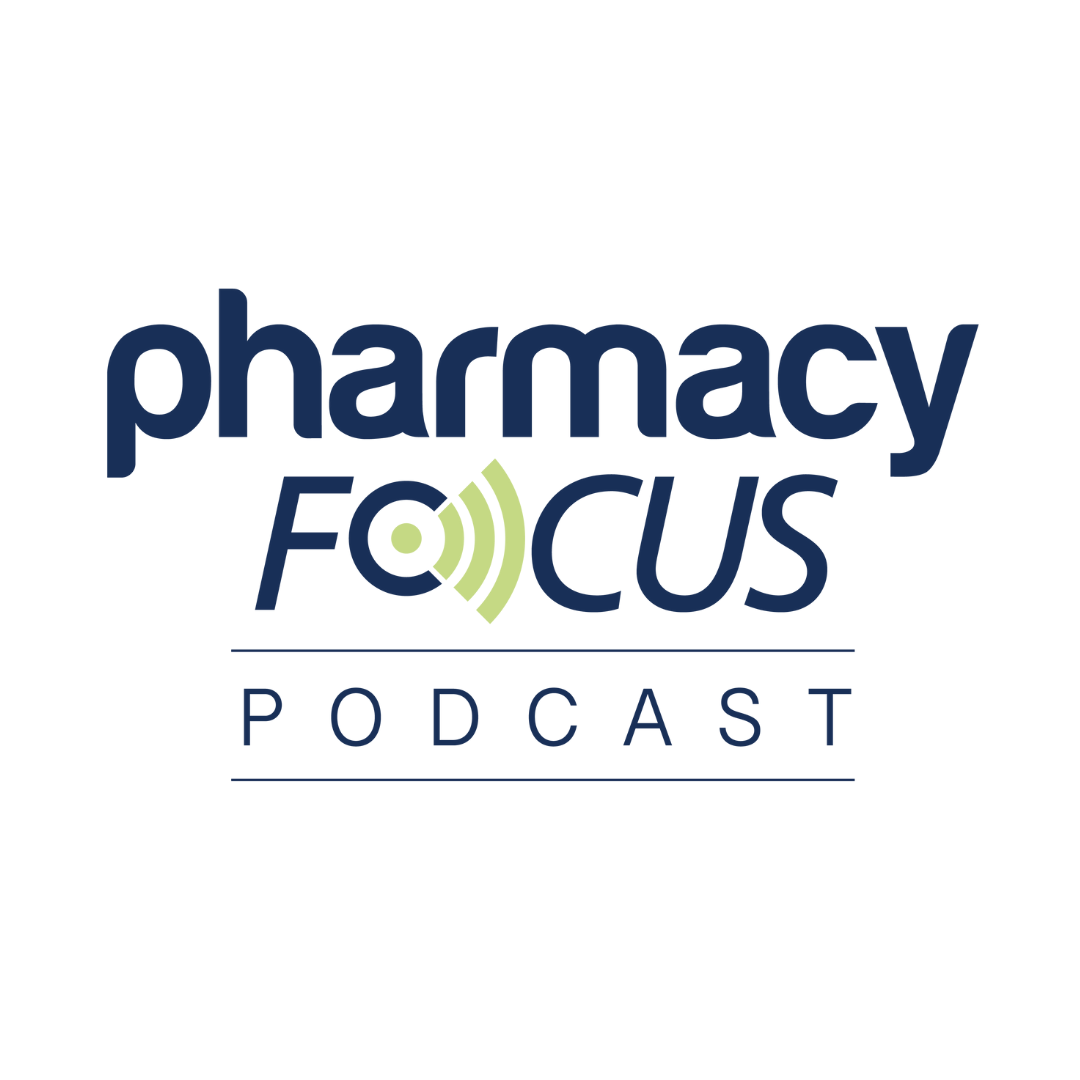Video
What Benefits do Medication Synchronization Programs Provide?
Joel Wright, chief executive officer, Alliance Rx Walgreens Prime speaks to how medication synchronization programs can improve adherence.
Wright: Medication synchronization is really about simplification. If you look at patients—like a cystic fibrosis patient—they can be taking 20 to 30 different medications and have several hours of therapy every day.
By us being able to synchronize their meds and make it easier for them to get everything they need at one time, we have better discussions with the prescriber, the PBM has the full look at the patient.
But from a specialty pharmacy, we can counsel the patient but also understand if they’re not getting something refilled at that time and they say ‘no, I still have 20 of those,’ it’s also a way to really quickly say, why do you have 20 of those left? Why did you not take the medication? Is it side effects? What is it that we can help manage that patient through to help them remain adherent and complete their therapy.
Newsletter
Stay informed on drug updates, treatment guidelines, and pharmacy practice trends—subscribe to Pharmacy Times for weekly clinical insights.





